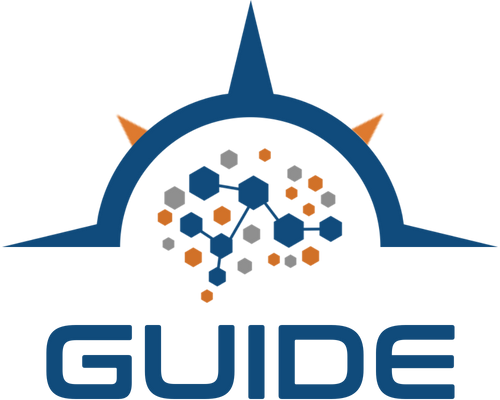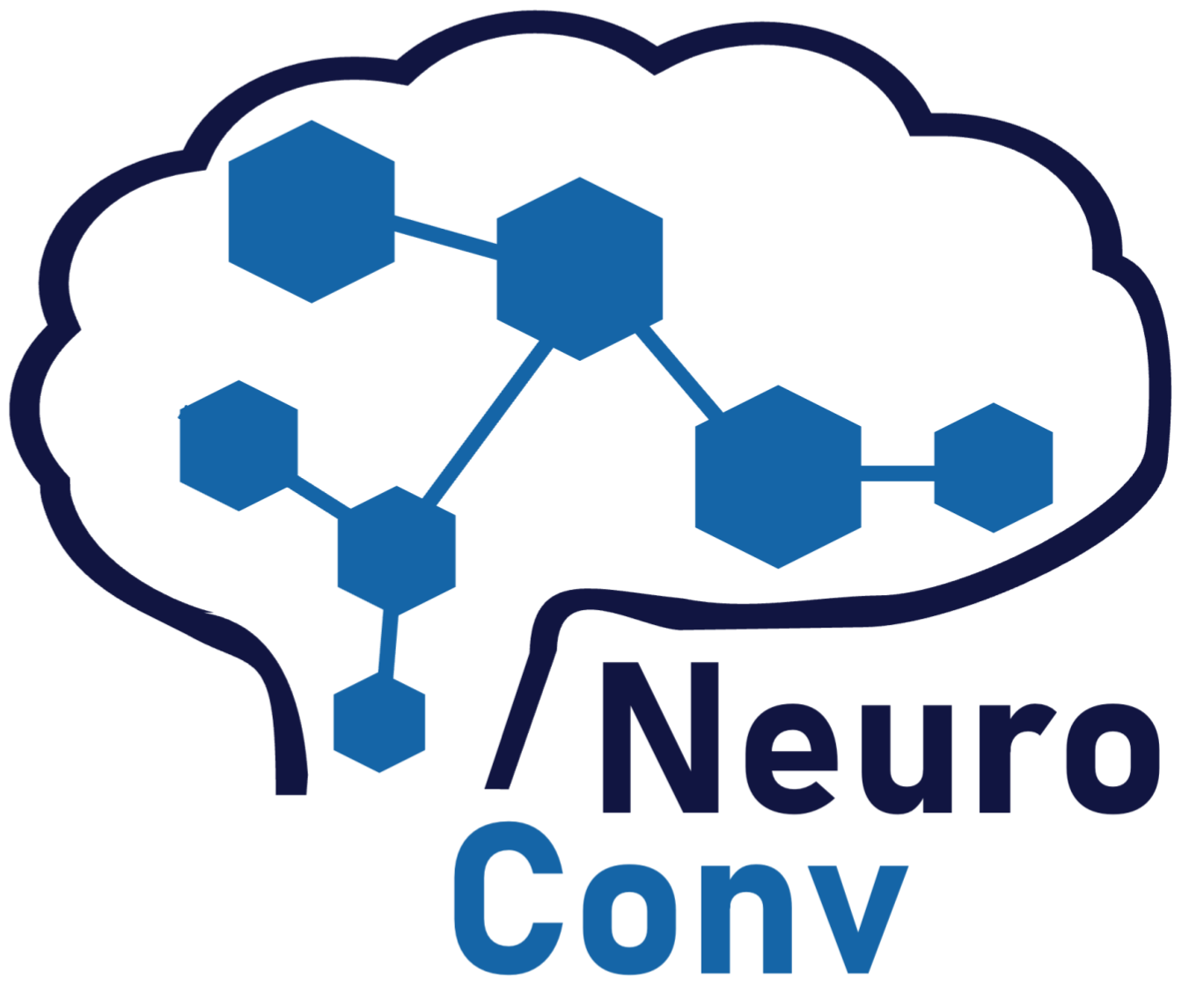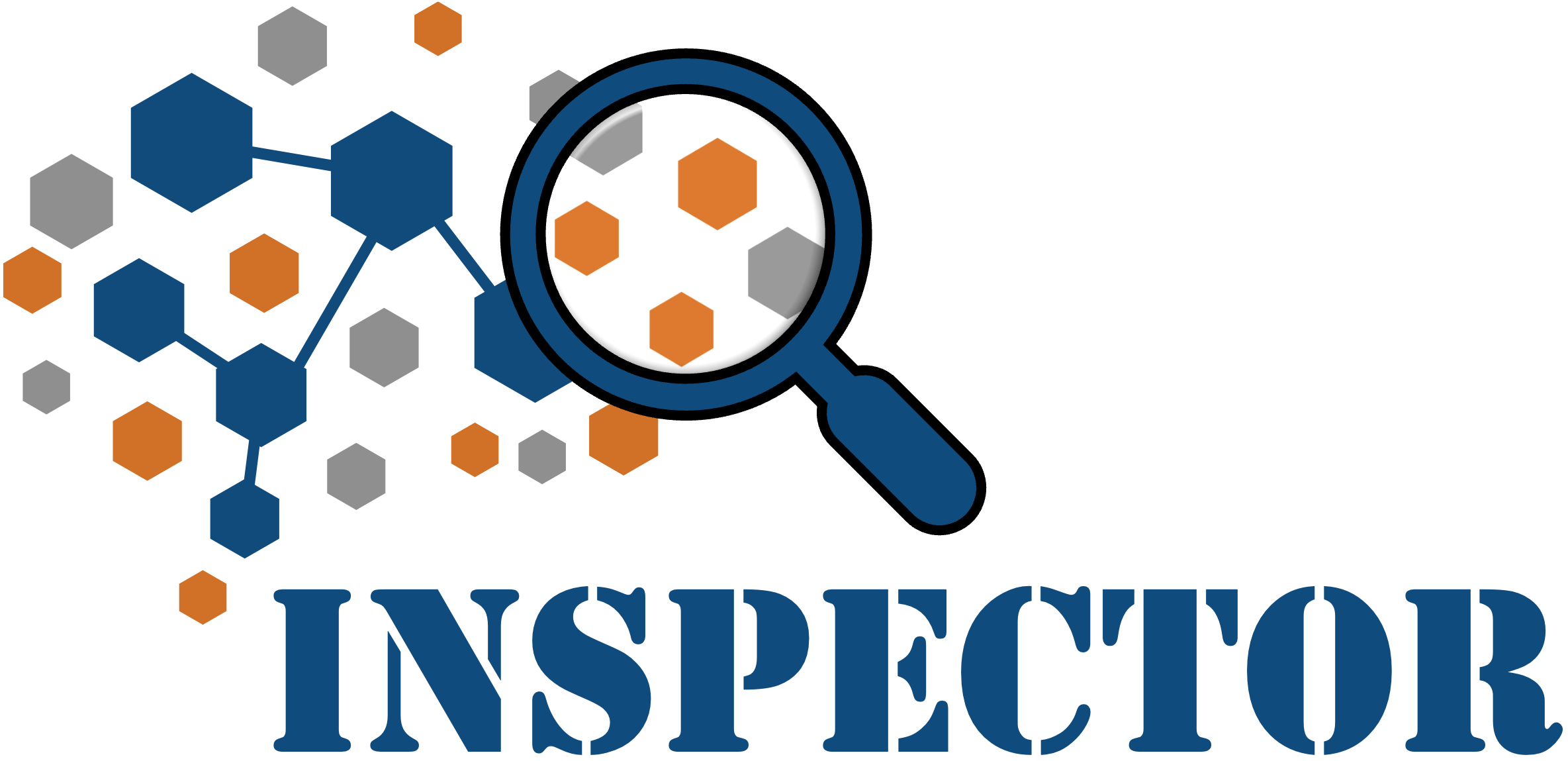expertise in
Experienced data scientist and software engineer with 12 years spent designing, conducting, and
sharing results of complex research. Worked with faculty, staff, and students from dozens of top
universities to achieve excellence in the preparation and performance of research-related tasks,
including data management, hypothesis formulation, and both mathematical and statistical modeling.
Possesses a diverse set of software skills, including DevOps, full-stack app development,
performance benchmarking, ETL, and cloud deployments. Enjoys hosting workshops and hackathons to
train users in state-of-the-art technologies and best practices. Familiar with a large number of
data formats, with a strong concentration on updating local file standards (e.g., binary, CSV, JPG,
etc.) to cloud-performant ones (HDF5, Zarr). Knowledgeable about various mathematical and
statistical applications, including high-dimensional time series analysis, nonlinear dynamics, and
machine learning.


